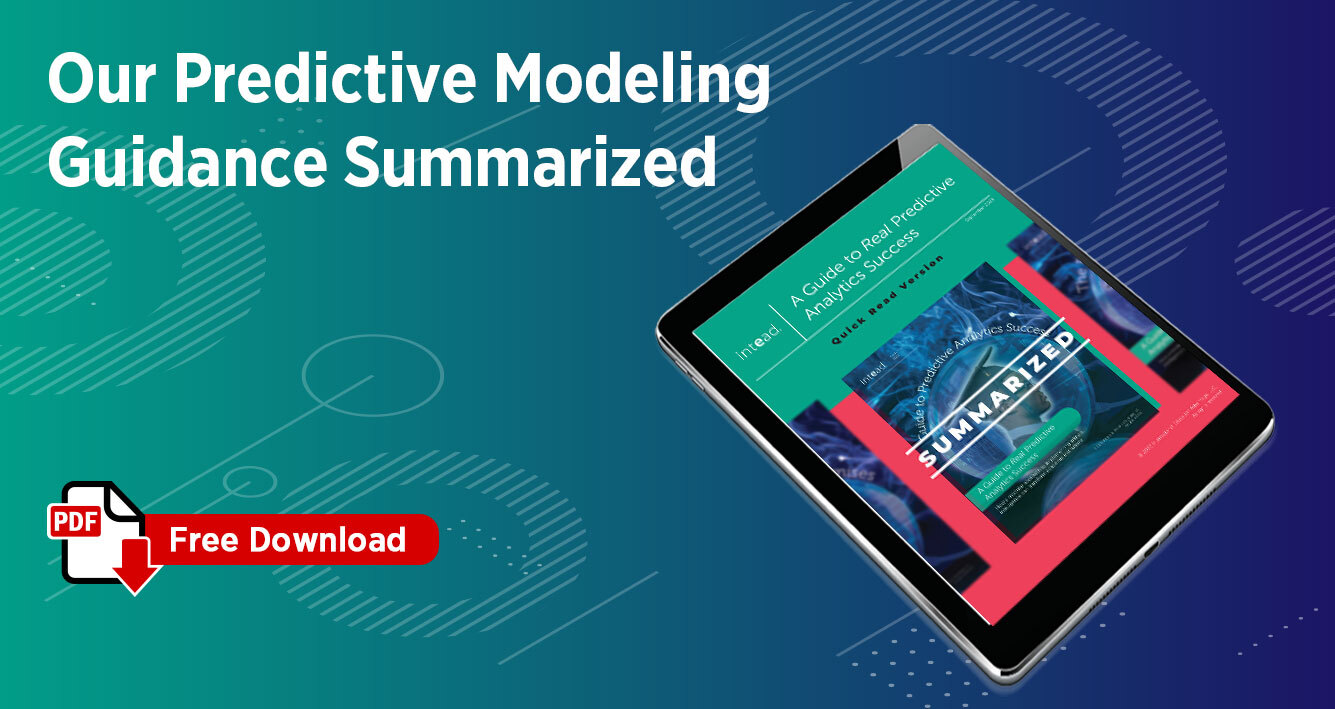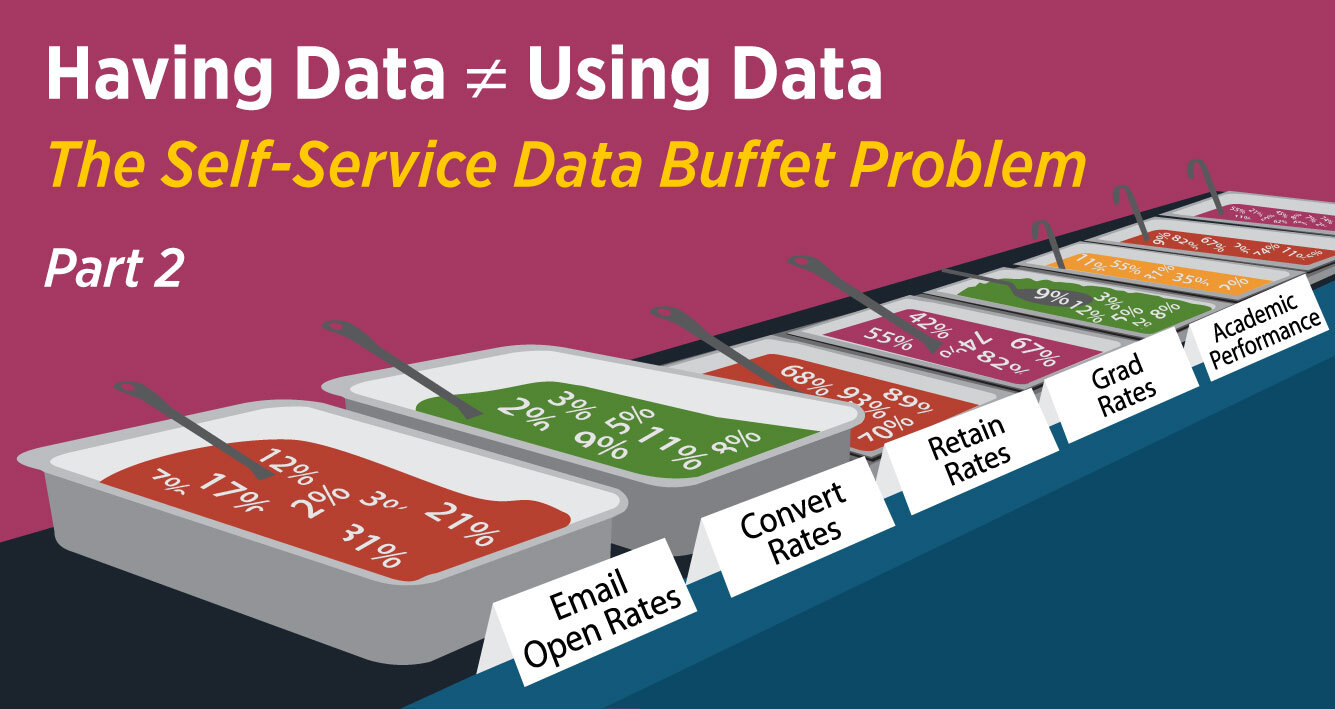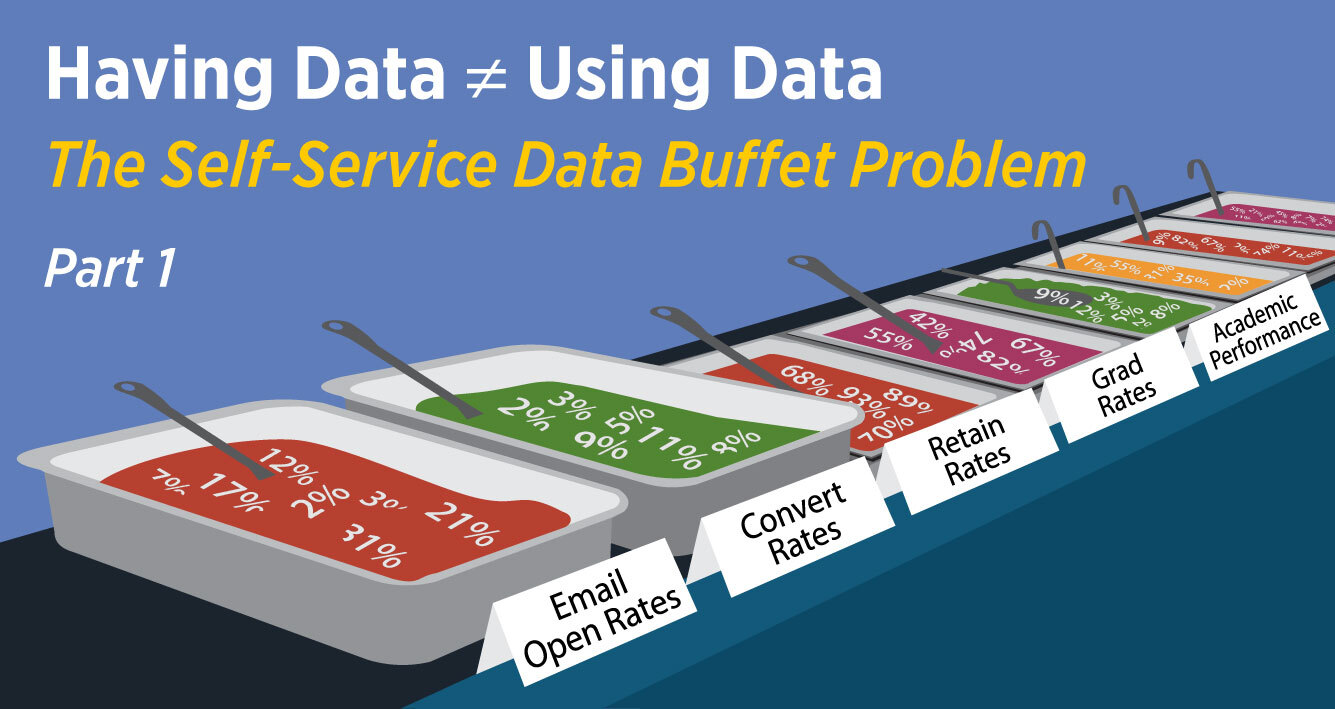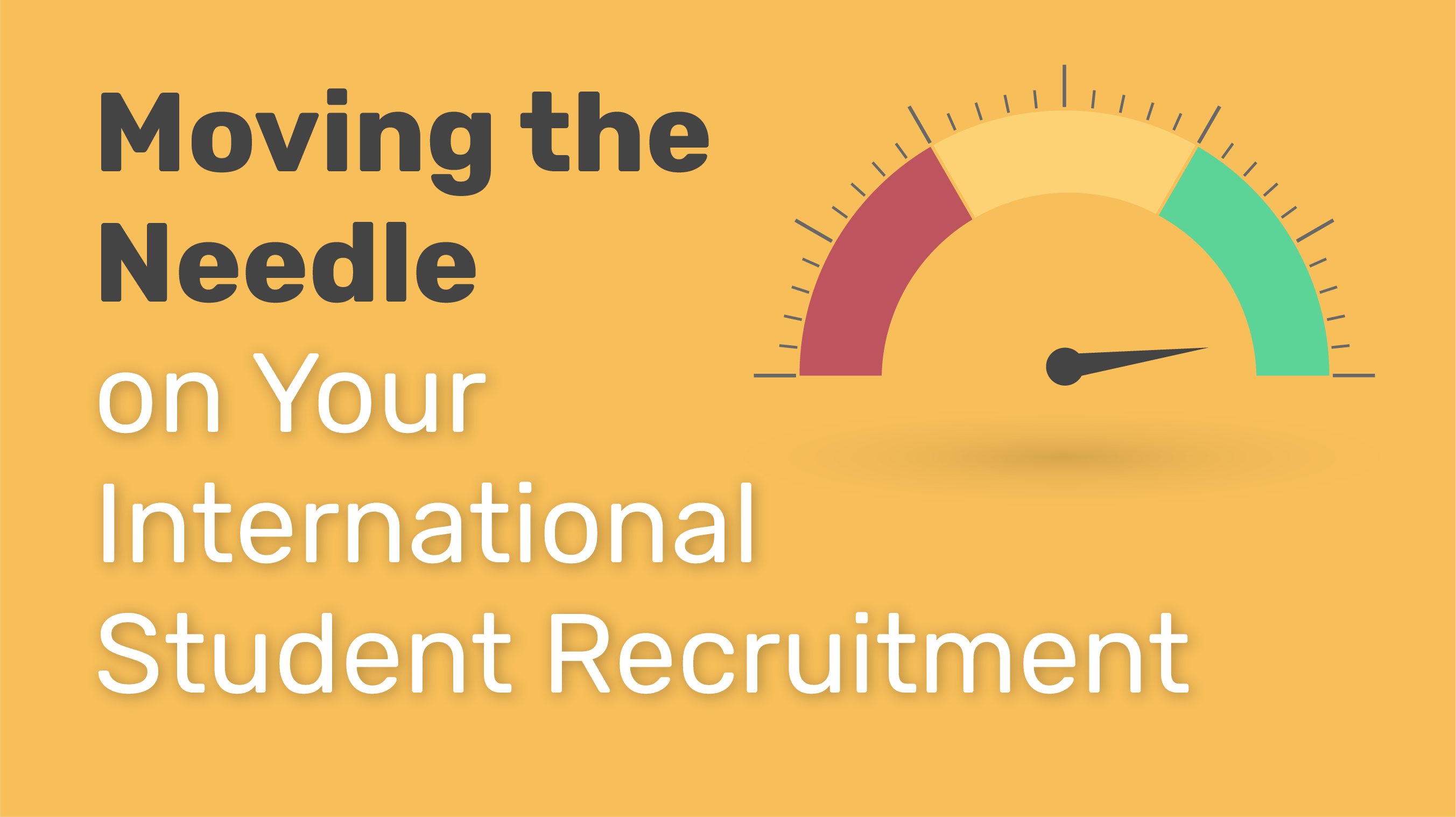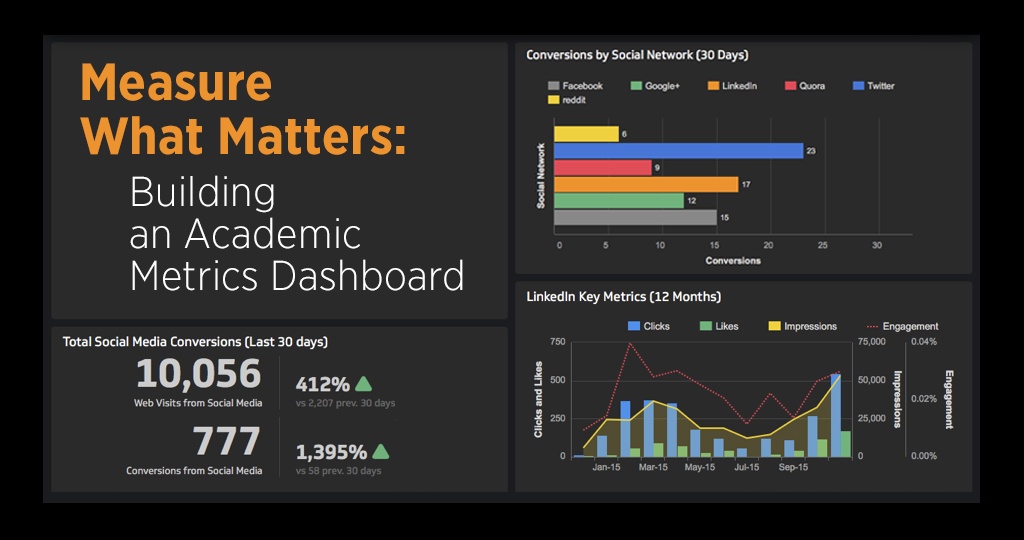Does the rise of AI change the value of predictive analytics?
In 2020 we were all looking for a little predictability and sustainability. In life as well as enrollment. And while the pandemic may be in our rearview mirror, uncertainty remains an unflappable friend. We’re looking at you, enrollment cliff and public opinion polls about the value of higher education.
So, we thought now is a great time to revisit one of our most popular downloads because it’s all about predictability.
We published The End of False Promises: A Guide to Real Predictive Analytics ebook during the height of the pandemic as a tool to help our colleagues understand the role Big Data and Artificial Intelligence can play in enrollment strategies. After all, we know you’re increasingly looking for data to help deliver reliable, cost-effective, and transformational results for your institution. And we’re here to make sure you get what you think you’re paying for.
If you want to chat about how you are building your Fall 2024 strategy or the tactical execution approaches we have found most valuable, Ben and Iliana will be at the NACAC conference presenting alongside our colleagues from AIRC and Middle Tennessee State University on Sept. 22 in Baltimore. Can we schedule a time to chat? Send us an email and coffee's on us!
About our predictive analytics guide, you will:
- Decode predictive analytics
- Access case studies of predictive analytics in action
- Learn how to dodge prediction pitfalls
- Get your hands on a vendor vetting checklist
- And much more
The full guide is available on demand for Intead Plus members, while, you, our blog subscribers, can download a useful 3-page summary for free. Read on for access and a quick primer on what predictive analytics is and is not…
Read More
